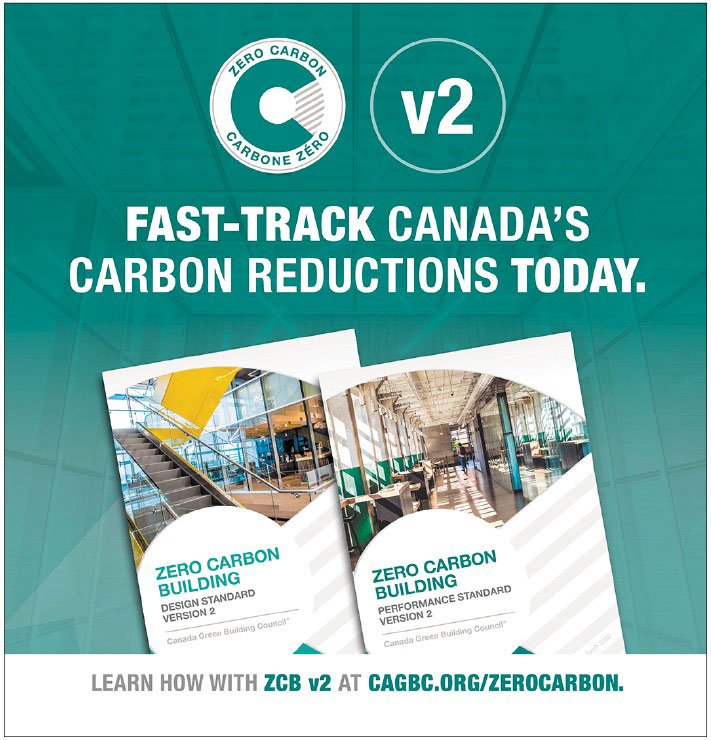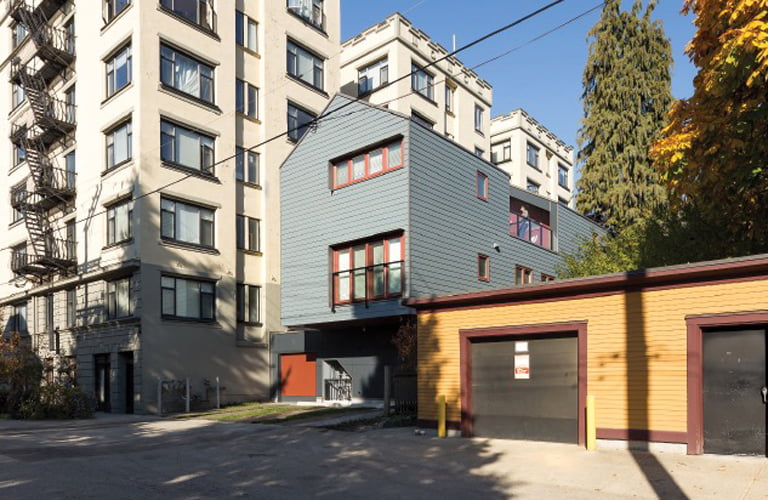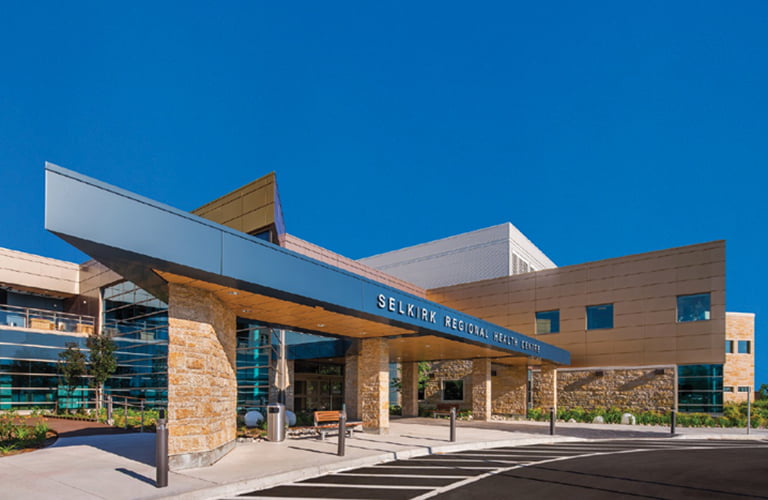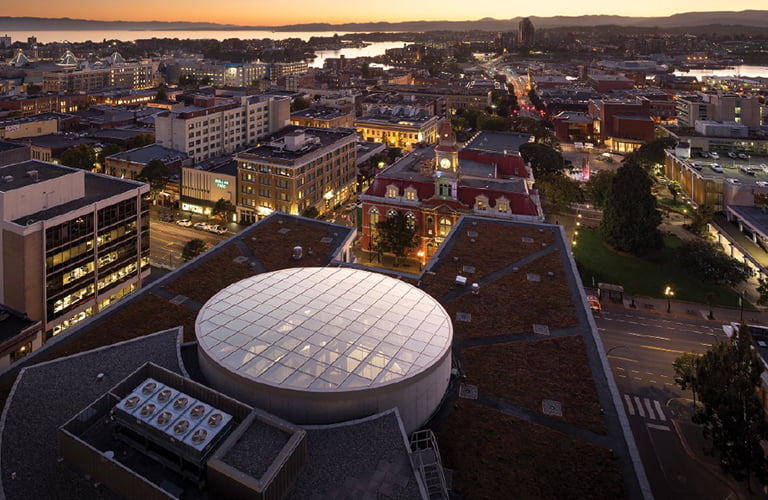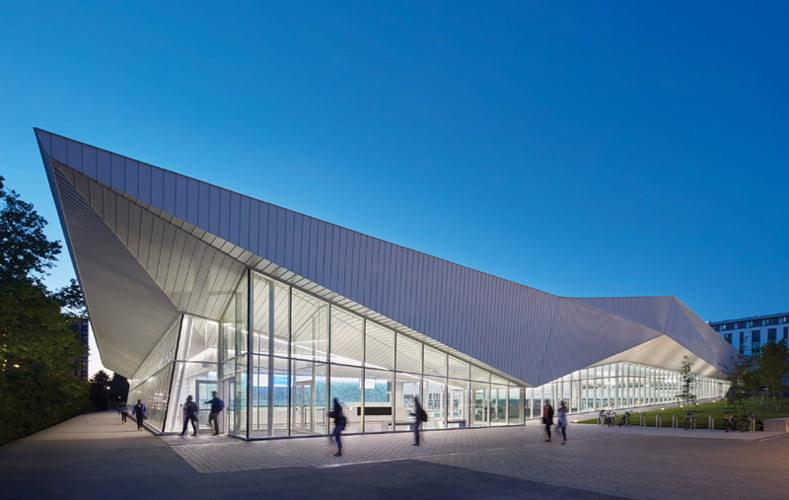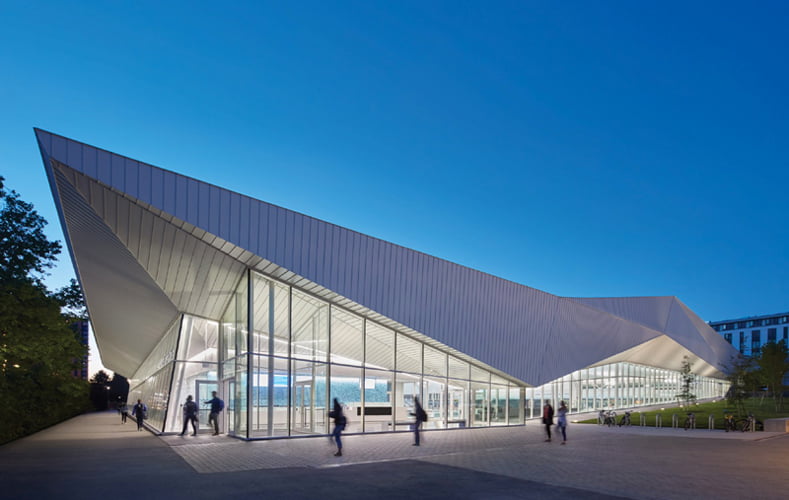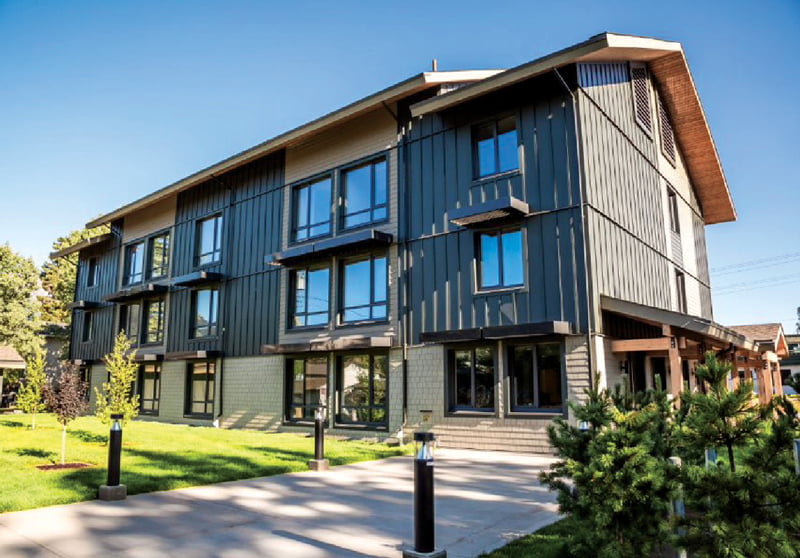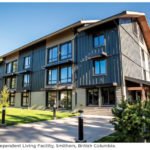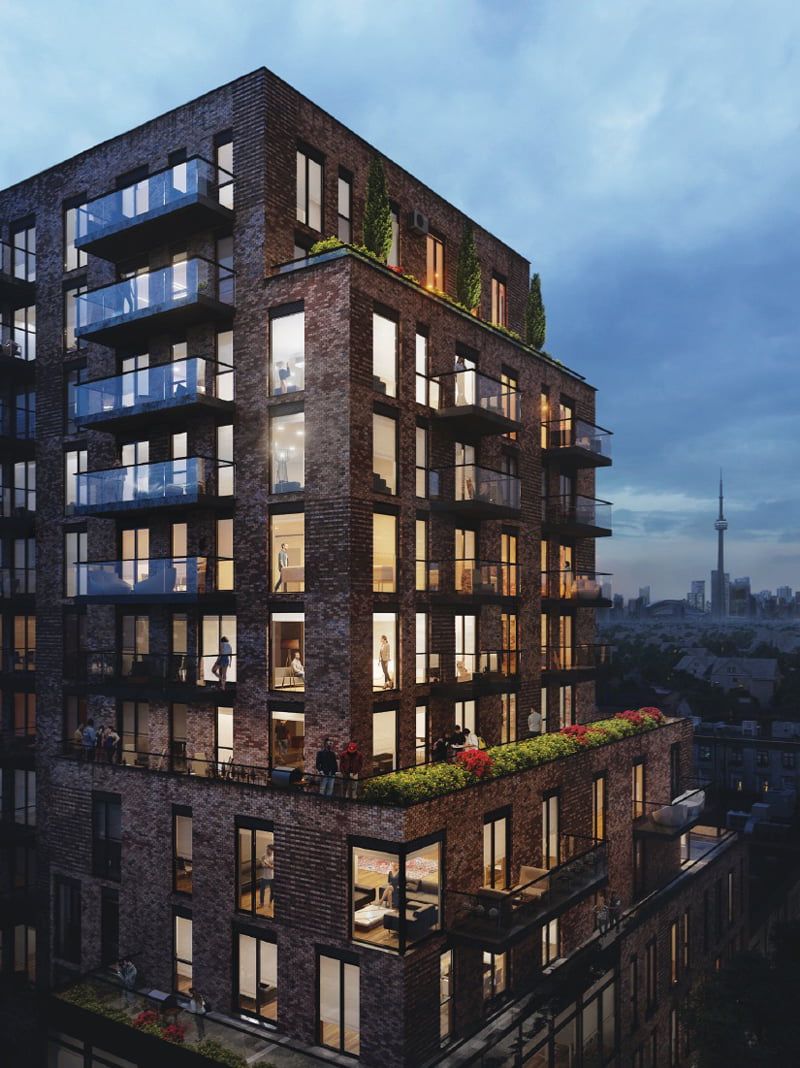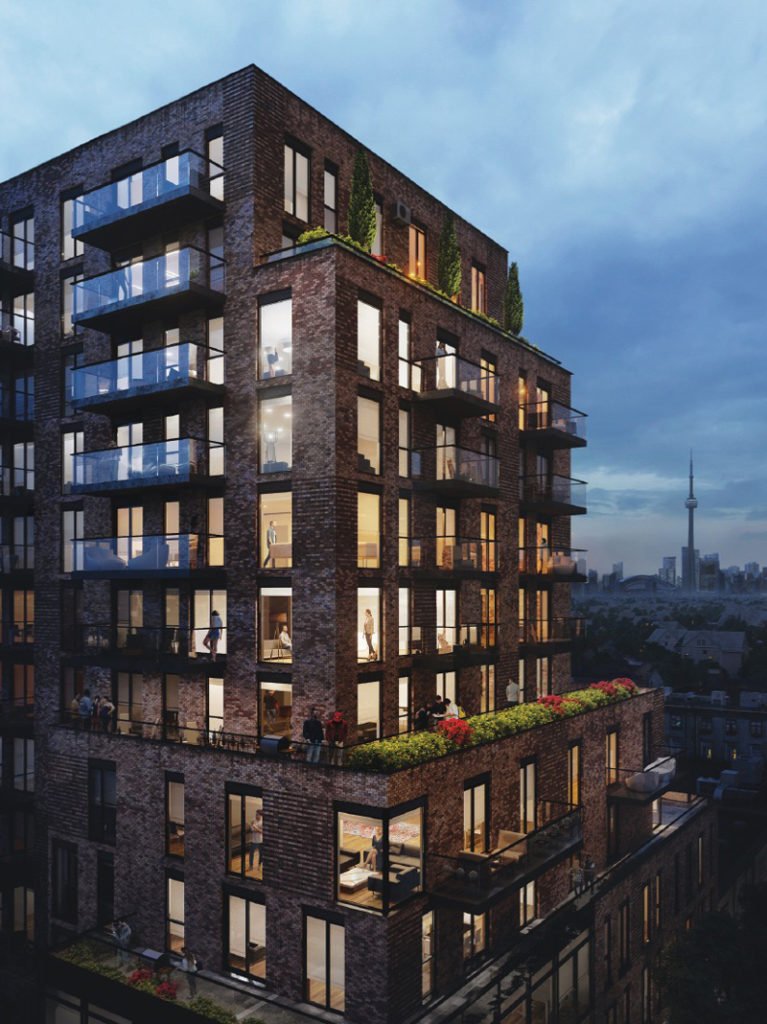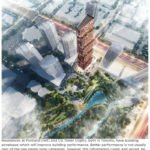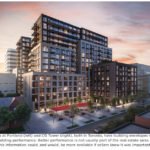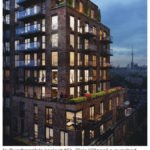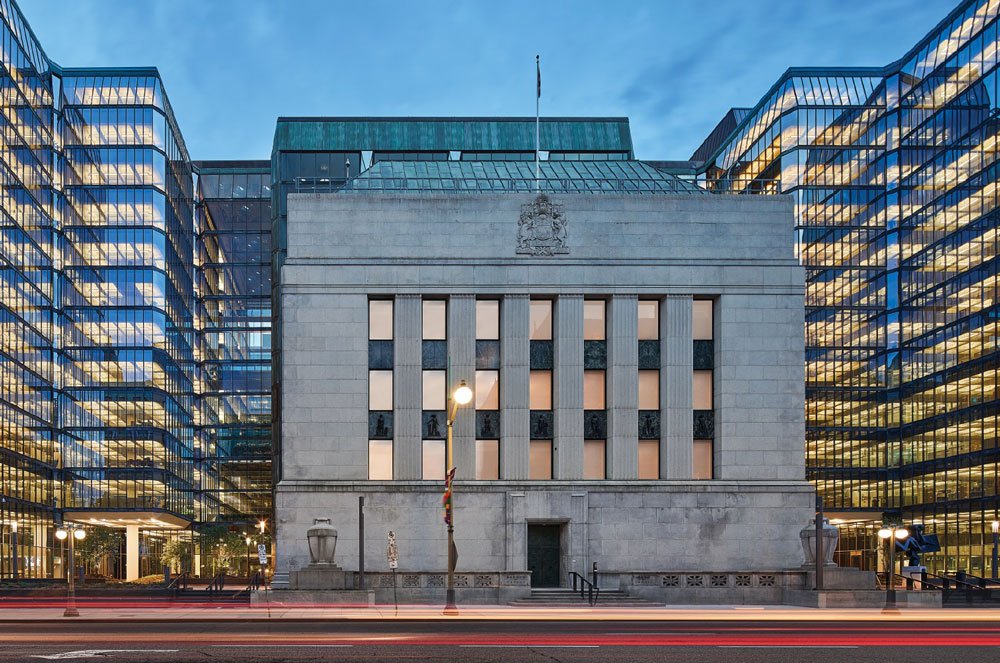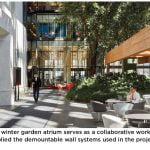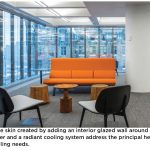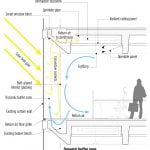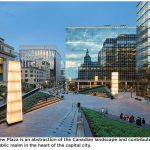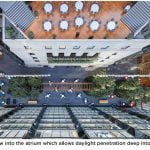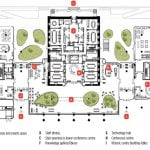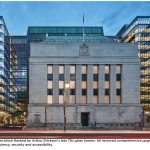 By Chris Ballard, CEO of Passive House Canada
By Chris Ballard, CEO of Passive House Canada
Passive House Canada was created with a simple premise: to change how Canada builds and retrofits its buildings for thermal comfort, health, resiliency and low energy.
And it’s happening.
We are changing the marketplace through education and advocacy, by running local and national events, and by providing excellent member services. Our founding members recognized that market transformation would only be achieved if there was fundamental government policy and regulatory reform. They understood it could only be achieved if quality education courses were developed, national and international networks created and members were supported in their communities.
When the founding members first met in 2013, such transformation was a distant dream, but the world has been quickly waking up to the reality of climate change, the need for better buildings and bringing public policy in line with our mission. Today our fundamental mission is still to make high-performance Passive House buildings the norm through the advancement of public policy and an effective regulatory framework which will improve building codes and standards across the country.
We’ve seen rapid adoption of the Passive House Standard, not only among industry professionals wanting to build better for clients, but from government of all levels recognizing the important role that high performance buildings have in reducing energy consumption and greenhouse gas (GHG) emissions.
The successes that we have experienced are directly attributable to the dedication of industry professionals and elected officials who are passionate about sustainability. Their momentum and drive have given us the privilege of assisting all levels of government in building policy development; of supporting the growth of a national membership of over 1,200 members (in eight provinces and two territories); and of delivering hundreds of training courses to over 5,000 registrations across Canada. Over 10,000 people subscribe to our newsletter and bulletins, and scores more learn about Passive House building standards through our social media platforms.
Transforming how Canadians build buildings is not easy. In the face of the work ahead, it is important to stop and celebrate why so many of us are invested in this process. While the initial driver is, of course, environmental, and the common goal is to mitigate climate change, this alone does not catalyze market transformation, represent the motivation of everyone involved, or simplify the process of managing change.
For many, the primary motivation is a desire to have better buildings. The unparalleled comfort, health, durability, resilience, and affordability of buildings offering Passive House levels of performance are reasons enough to make the choice.
Affordable housing advocates may focus on the reduced costs of ownership, operation, and utility cost to tenants. Homeowners may dwell on the comfort. But what we all have in common is the desire to change how we live, work and recreate in our spaces.
Some professionals, developers, and trades are attracted by the quality of work such buildings entail and enjoy the pride of workmanship. Others know high-performance building regulations are coming soon and are looking for a competitive advantage and a market differentiator.
Regardless of the reason for your interest in buildings delivering this level of performance, we are pleased to have you join us in achieving our mission.
We are at a pivotal time in the development of regulations concerning its buildings, making it crucial to understand the challenges.
The advancement of public policy and an effective regulatory framework has been at the core of Passive House Canada’s mission since inception. Canada is making progress on climate change in the building industry charting a pathway to net zero building codes by 2030, but there is still so much more to be done.
We know our role will change and likely diminish as building codes and standards approach Passive House performance levels, and we can’t think of a better reason to become redundant.
Taking a mission-first approach enables us to make more rapid progress, facilitating collaboration with industry and consumers in addition to government. We can best achieve our mission by collaborating with aligned groups and individuals, and we invite you to do the same.
In the end, it does not matter to us why people want better buildings — we simply wish to see them become the norm.
-
SUBSCRIBE TO THE DIGITAL OR PRINT ISSUE OF SABMAGAZINE FOR THE FULL VERSION OF THIS ARTICLE.


